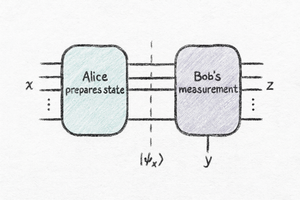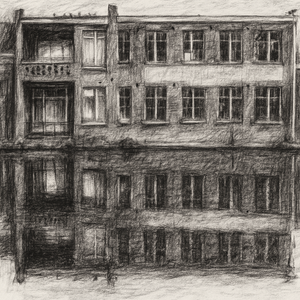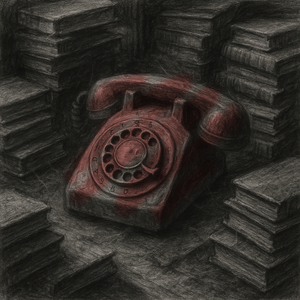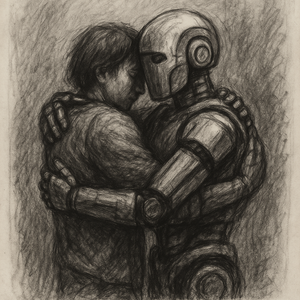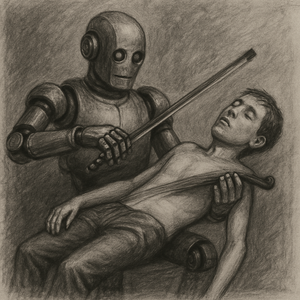Labour Reimagined: From Hand to Automation was exhibited at WOMAD UK in 2024 and will be at the Human Rights and AI congress in Valencia October 2025
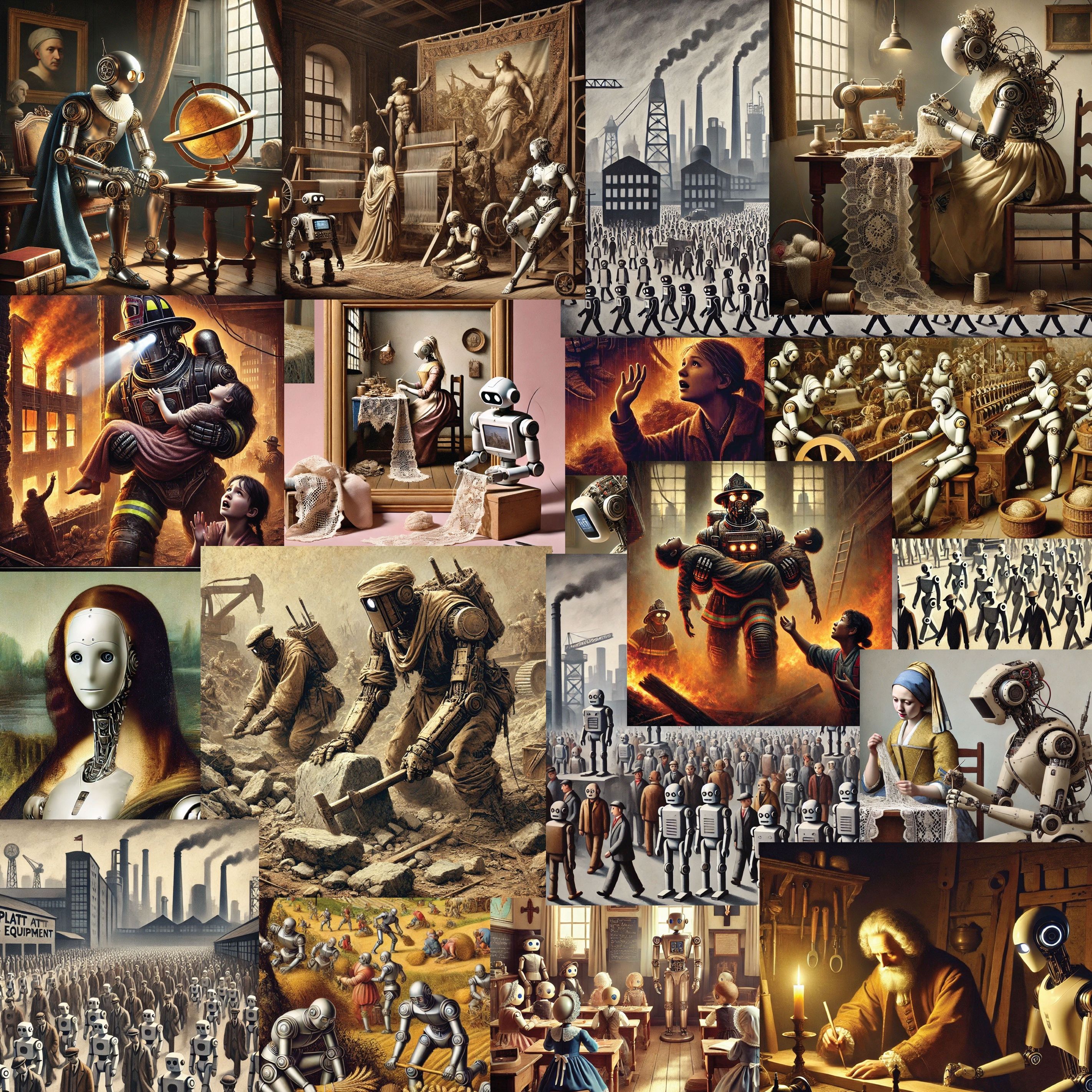
This image shows some of the ‘rejects’ from the exhibition that I nonetheless liked. I have no doubt that AI art can be pleasing, but what does it convey?
In recent years, AI has become a familiar tool in many workplaces, helping with tasks from drafting emails to writing code. This rapid progress raises an intriguing question for many of us: “Could AI eventually become better at our jobs than we are?”. This exhibition doesn’t aim to answer that question definitively, but rather to explore the possibilities and implications through the lens of art and labour.
Prompted by this thought-provoking quote by author Joanna Maciejewska:
I want AI to do my laundry and dishes so that I can do art and writing, not for AI to do my art and writing so that I can do laundry and dishes
I wanted to explore a world where machines handle everything, from manual labour to fine art. Can machines “create”, or are they merely re-assembling pieces they have been handed? Is this process vastly different from how humans learn?
Pertinent to this discussion is the source of inspiration for AI generated art. All the works here are created by “prompting” the machine with descriptions of what we aim to portray.
Edward Hopper famously said:
If you could say it in words, there would be no reason to paint
How much is lost in translation, and how much is “gained” through the AI’s learned behaviours?
To explore these concepts, this exhibition lets the AI do as much of the work as possible. From picking famous works relating to manual labour and depiction of humans in different roles, translating those paintings into prompts that are then fed to the “artist” AI, and finally taking the produced works and critiquing them by comparing to the original in the text you will see printed on the posters. All these steps are carried out by different AI models.
My role in this process has been primarily supervisory, stepping in to guide the AI when it strayed off topic or lost focus – much like one might do with a human collaborator. In this sense, I act more as a curator than a creator, facilitating rather than directly producing the works you see today.
More than anything, this exhibition would not be possible were it not for the artists who had the original ideas behind these works and whose skills and talents managed to convey their story. But recognition also must go to the thousands of scientists, mathematicians and programmers whose imagination and hard work has managed to create a computer algorithm that can create such amazing renditions.
Finally, I must recognise the ethical and societal considerations around how these models are trained, the rights and recognition of the humans who have produced all the knowledge and information that goes into training these AI models, and the potential impact of masses of AI-generated content. This is too broad a question for this exhibition, but I hope that this small piece of work will in some way add to the conversation and prompt thinking about how we can use these technologies for good.
Kaj

Across 12 canvases, familiar scenes are filtered through unfamiliar logic. Not merely remakes, but remappings of what labour looks like when the painter might never hold a brush.
